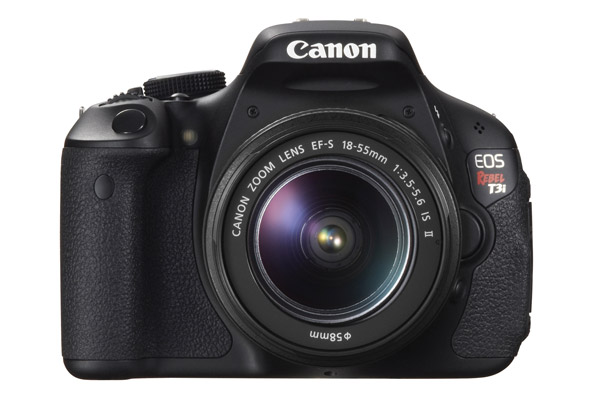
Notably, it replaces shutter and aperture adjustment options with two sliding scales-Exposure (brighter/darker) and Background (blurred/sharp)-that implicitly adjust shutter speed and aperture. All functions in CA are automated, with a few exceptions. Creative Auto is a semimanual mode with capabilities you can view as an advanced Auto mode or dumbed-down Program mode, depending upon your viewpoint. The latter is cumbersome, in part because the dial doesn't spin 360 degrees, so jumping between movies and still shooting modes is seriously annoying.Īs with most of Canon's consumer dSLRs for the past couple of years, Canon also includes Creative Auto mode. I'll make the same complaints on this that I brought up with the T1i: it doesn't have custom settings and Canon poorly the movie mode on the dial.

Canon did move the button that doubles as movie record and Live View enable. However, I'd rather have the ISO button in place of the Picture Styles rather than on top of the camera-that's where most point-and-shoot upgraders would expect it to be, and would consolidate all the shooting controls in one spot. Other than those changes, the control layout is the same as it's been for many generations, and the layout pretty much works. Canon redesigned many of the buttons-they're flatter, and a tad harder to feel-and now there's a dedicated button for jumping into the Quick Control panel. The T2i's control layout is almost identical to the T1i's layout.

The T2i has a very comfortable grip, textured and rubberized in all the places your fingers touch and workable for single-handed shooting. Viewfinder (magnification/effective magnification)ġ/8,000 to 30 secs bulb 1/250 sec x-syncĪlthough it's about 0.6 inch deeper, the T2i's body weighs the same 18.6 ounces and looks extremely similar to the T1i.


 0 kommentar(er)
0 kommentar(er)
